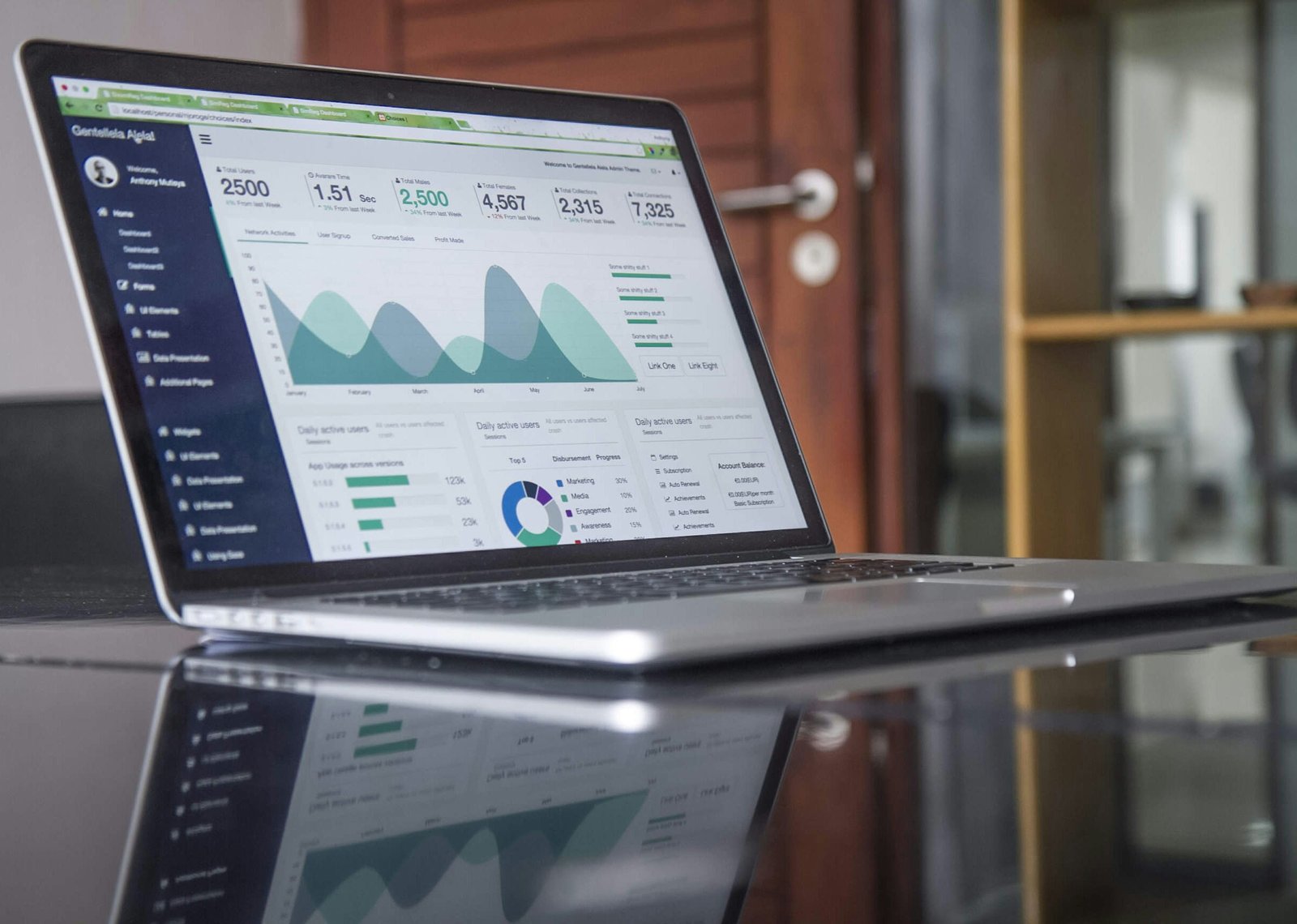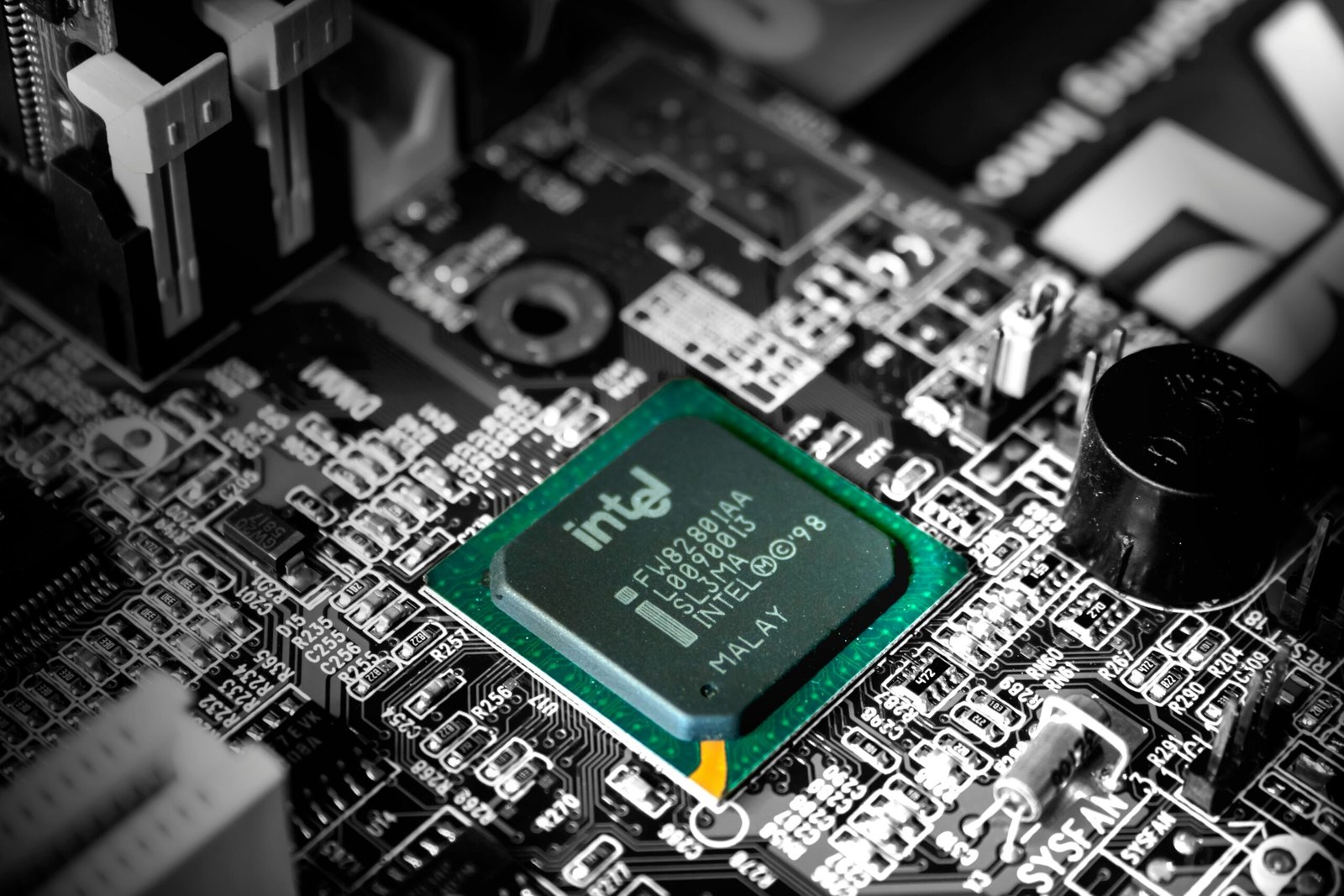Introduction
The rise of AI-powered automation marks a pivotal transformation in the manufacturing and industrial sectors, defining a new era of operational efficiency and innovation. As industries face numerous challenges, including inefficiency and high operational costs, the adoption of artificial intelligence is no longer a mere trend but a necessary advancement. Traditional manufacturing processes often struggle with a lack of flexibility and adaptability, which can hinder growth and competitiveness in an ever-evolving market.
In this context, AI-powered automation serves as a crucial solution by enabling organizations to streamline their operations, optimize resource allocation, and enhance productivity. By integrating AI technologies, manufacturers can reduce errors, improve quality control, and speed up production cycles. The implementation of such advanced systems not only addresses the immediate inefficiencies faced by industries but also fosters innovation, allowing companies to stay ahead of the competition.
Furthermore, the urgency for innovation is amplified by the need to meet evolving customer demands and stringent regulatory requirements. With AI automating repetitive tasks, human resources can be redirected toward more strategic roles, driving creative solutions necessary for maintaining market relevance. As industries adopt AI solutions, they can benefit from data-driven insights that inform decision-making processes, leading to more informed strategies and enhanced overall performance.
By exploring the transformative impact of AI-powered automation within the manufacturing and industrial sectors, this blog post will provide valuable insights into how these technologies are reshaping the landscape. The following sections will delve deeper into the specific benefits of AI automation, the challenges faced in implementation, and the future prospects of industries that embrace these advancements. Understanding how AI is poised to redefine manufacturing can equip organizations with the knowledge to navigate their own transformative journeys effectively.
Understanding AI-Powered Automation
AI-powered automation represents a transformative approach in the manufacturing and industry sectors, distinguishing itself from traditional automation methods by integrating advanced technologies such as artificial intelligence (AI), machine learning, robotics, and the Internet of Things (IoT). Unlike conventional automation, which typically relies on pre-programmed instructions and fixed sequences, AI-powered automation utilizes data-driven insights and adaptive capabilities, allowing systems to learn, make decisions, and improve processes in real-time.
At its core, AI-powered automation leverages machine learning algorithms that analyze vast amounts of data to identify patterns, predict outcomes, and optimize operations. This adaptability enables organizations to respond proactively to changing conditions, enhance production efficiency, and minimize downtime. Furthermore, the integration of the IoT enhances connectivity between machines, sensors, and data, facilitating seamless communication and coordination across manufacturing processes.
A notable example of AI-powered automation can be seen in the automotive industry, where companies like Tesla have integrated AI systems to automate assembly line processes, improving production speed and reducing labor costs. Research indicates that organizations implementing AI automation have experienced productivity gains of over 20%, demonstrating its effectiveness in maximizing output. The healthcare sector is another area witnessing significant advancements, utilizing AI to streamline patient management systems and enhance diagnostic accuracy, ultimately leading to better patient outcomes.
The shift towards AI-powered automation is not merely an incremental change; it represents a fundamental rethinking of operational strategies. Industries across the board are beginning to adopt these advanced technologies to gain a competitive edge in an increasingly dynamic market landscape. By embracing AI, organizations are positioning themselves to achieve unprecedented levels of efficiency and productivity, reshaping the future of manufacturing and industry.
Real-World Applications and Case Studies
Artificial intelligence (AI) has become a transformative force in the manufacturing sector, leading to significant advancements in automation. Various companies have successfully integrated AI-powered solutions into their operations, addressing challenges across multiple areas such as supply chain management, quality control, and predictive maintenance. This section explores notable case studies that exemplify the effective implementation of AI-powered automation.
One prominent case involves Siemens, which utilized AI to enhance its production processes at the Amberg Electronics Plant in Germany. By implementing machine learning algorithms, Siemens improved its quality control measures, leading to a defect rate reduction of over 50%. This advancement not only optimized the manufacturing workflow but also reduced costs related to waste and rework, illustrating the potential of AI in enhancing quality standards.
In the realm of supply chain management, the automotive manufacturer Ford has adopted AI algorithms to forecast demand more accurately. By analyzing vast amounts of data from various sources, including social media, market trends, and customer preferences, Ford achieved a 20% improvement in inventory efficiency. This optimization aids in meeting customer demands while minimizing excess inventory, demonstrating how AI can strategically influence supply chain operations.
Another critical application of AI-powered automation is in predictive maintenance. General Electric (GE) has harnessed this technology through its digital wind farm initiative, which utilizes AI to predict equipment failures before they occur. By leveraging data analytics, GE reduced unplanned downtimes by 10%, resulting in significant cost savings and increased operational reliability across its wind energy projects. This case clearly illustrates the economic benefits that AI-powered solutions can deliver in manufacturing contexts.
These examples underscore the diverse applications of AI-powered automation in manufacturing, showcasing how various companies have harnessed technology to redefine their operational efficiencies and achieve measurable business outcomes. The potential for innovation continues, as AI reshapes the future landscape of manufacturing industries worldwide.
The Future of AI in Industry
As we look toward the future, the role of artificial intelligence (AI) in manufacturing and other industries is set to experience remarkable advancements. One of the most promising trends is the development of self-optimizing systems. These systems leverage AI algorithms to analyze data in real-time, allowing for automatic adjustments in production processes and machinery. By minimizing downtime and inefficiencies, self-optimizing systems can significantly boost productivity, thereby reshaping the manufacturing landscape.
Another significant trend is the rise of advanced analytics, which empowers organizations to make data-driven decisions. In the coming years, industries are likely to adopt sophisticated AI tools that analyze large volumes of data to identify patterns and trends. Such insights can lead to improved product quality, better resource allocation, and enhanced customer satisfaction. The ability to harness data will give companies a competitive edge while promoting innovation in product development and service delivery.
Furthermore, collaborative robots, or cobots, are expected to play an increasing role in the workforce. Unlike traditional robots, cobots are designed to work alongside humans, assisting them with various tasks that require precision and consistency. This collaboration can enhance overall efficiency and safety in the workplace, allowing human workers to focus on more strategic roles.
However, these advancements also come with broader implications for the workforce. As AI technology continues to evolve, there will be a growing demand for skills that are complementary to AI systems, including analytical thinking and technical proficiency. Job roles may undergo significant restructuring, necessitating a focus on continuous learning and development. Companies must prepare their workforce for these changes by investing in training programs that cater to new skill requirements.
In light of these exciting developments, it is crucial for industry leaders and professionals to consider how they can leverage AI within their operations. Engaging with this content by sharing insights or commenting on experiences can create a collaborative environment, enhancing our collective understanding of AI’s potential in shaping the future of manufacturing and industry.




